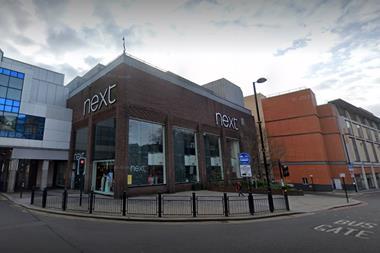The retail market is a long way from finding a balance in which bricks-and-mortar retail thrives alongside ecommerce.

We have already seen a tsunami of retailer administrations and CVAs and many are bracing themselves for more store closures in 2019. And there was little in the way of a lifeline from the latest Budget. With Local Data Company research, produced exclusively for Property Week, showing that 5% of former Woolworths units remain vacant 10 years after its collapse, what hope is there for the voids created by the latest wave of retail failures?
Until recently, it was the high streets that chiefly bore the brunt. But now shopping centres are suffering too. Year-to-date shopping centre transaction volumes stand at £878.1m, down from a peak of £5.5bn in 2014, according to data from CBRE Research and Property Data.
Many believe prime shopping centres will overcome the challenges facing them, as will those catering for convenience. But those in the middle will feel the squeeze and find it difficult to survive. Casualties such as Maidenhead’s Nicholsons centre, which entered receivership last month, are likely to become more common.

But there are ways to protect against the worsening storm. Realm managing director Colin Brooks says shopping centre owners and managers could learn from the outlet model – not least the benefits of turnover-based rents and the intensive asset management that comes as a result.
Meanwhile, in the hotel sector, chains are continuing to expand and new brands are being launched. Not content with growing his Dakota hotel chain, veteran hotelier Ken McCulloch is also pushing ahead with his new concept, Dakota Deluxe. McCulloch’s mantra is ‘success is the sum of many small things correctly done’. Shopping centre owners would do well to take heed.
Retail trends: the high street paradox
- 1
- 2
 Currently reading
Currently readingRiding out the retail storm
- 3
- 4
- 5
- 6
- 7
- 8
- 9
- 10







































No comments yet